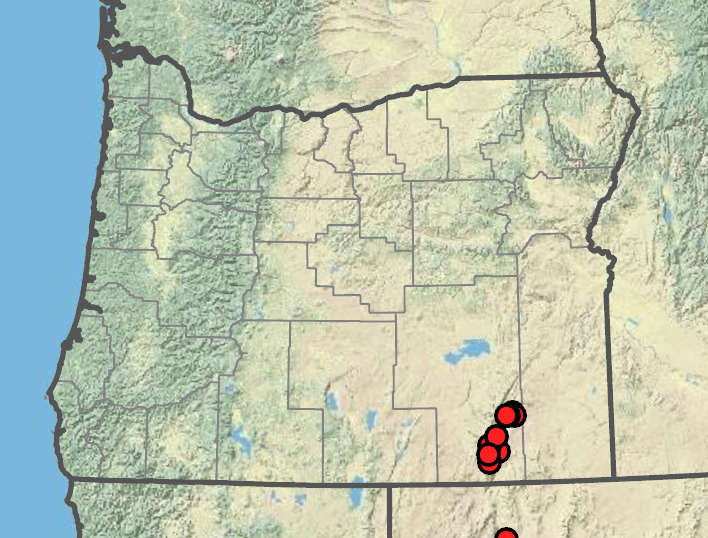Pappostipa speciosa
(synonym of Jarava speciosa)
Poaceae tribe Stipeae
desert needlegrass
orange-brown at the base.
sheaths mostly glabrous;
throats densely hairy;
basal sheaths reddish brown, becoming flat with age; lower ligules 0.3–1 mm, densely hairy;
hairs 0.2–1 mm; upper ligules to 2.5 mm; hyaline to scarious, glabrous or hairy;
blades 10–30 cm × 0.5–2 mm when flat but usually rolled or convolute and to 1 mm in diameter;
outer surfaces glabrous;
inner surfaces with spreading hairs.
congested, 10–15 cm;
branches ascending.
terete or slightly laterally compressed, 16–24 mm.
tapering from below mid length, glabrous;
tip narrowly acute; awnless;
lower glumes 16–24 mm, 1-veined;
upper glumes 13–19 mm, 3–5-veined.
(6)8–10 mm, 0.6–0.8 mm thick.
sharp, 0.8–1.6(3) mm; hairy.
densely and evenly hairy;
hairs approximately 0.5 mm;
lemma awns bent once, 35–45(80) mm; first segment with spreading hairs 3–8 mm; terminal segment glabrous; smooth.
3.2– 5.1 mm, approximately 50% as long as the lemma.
1–3 mm long; a tuft of hairs at the tip.
=66, 68; ±74.
Pappostipa speciosa
Poaceae tribe Stipeae
Rocky slopes, in well-drained soils, sagebrush steppe. 1300– 1500m. BR. CA, NV; east to CO, south to Mexico; southern South America. Native.
Pappostipa speciosa is a needlegrass with reddish brown leaf sheaths, densely hairy ligules on the lower leaves, and long hairs on the lower awn segment. The long-awned species of Achnatherum have the awn bent twice and lack densely hairy ligules.
Barbara Wilson, Richard Brainerd, Nick Otting


